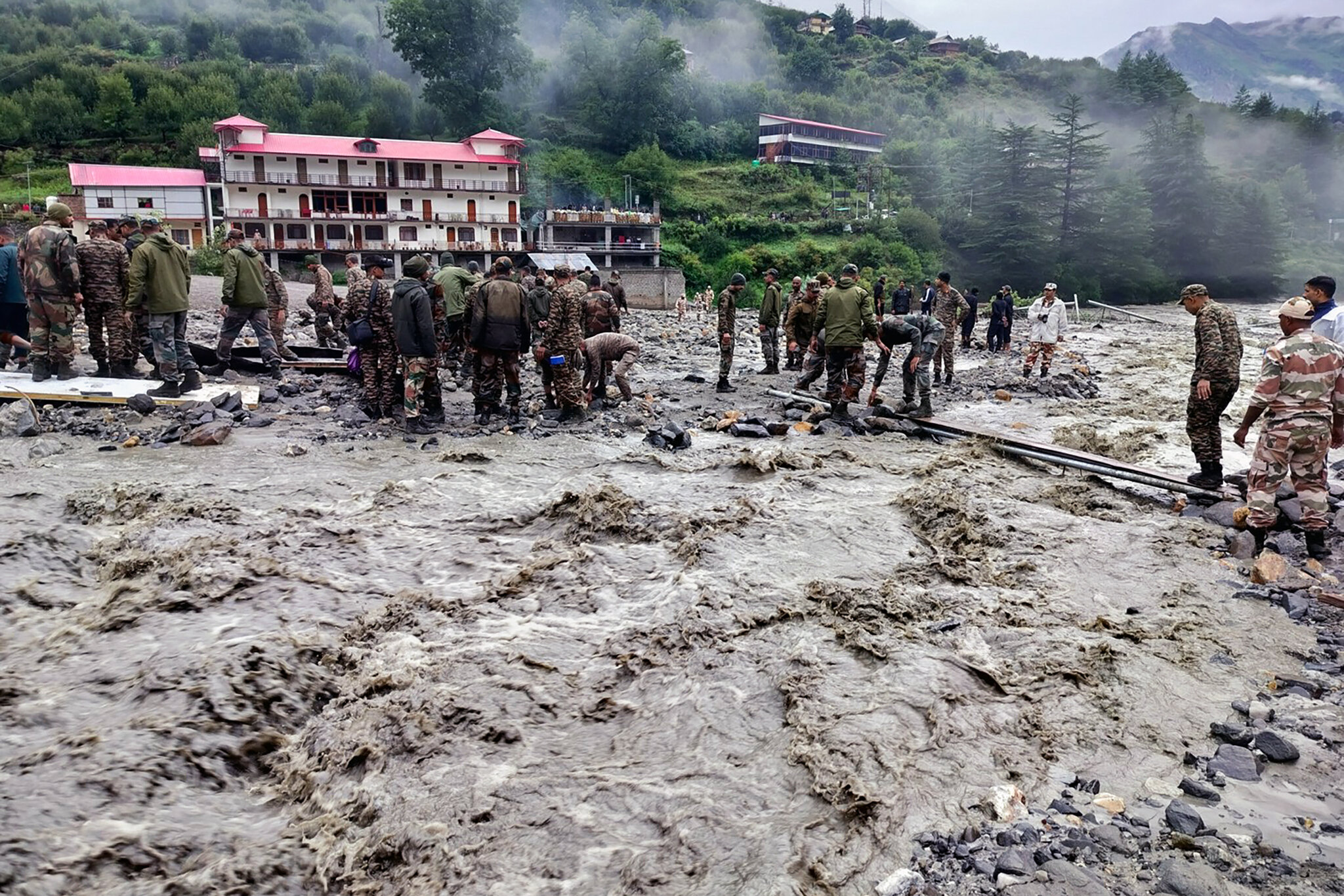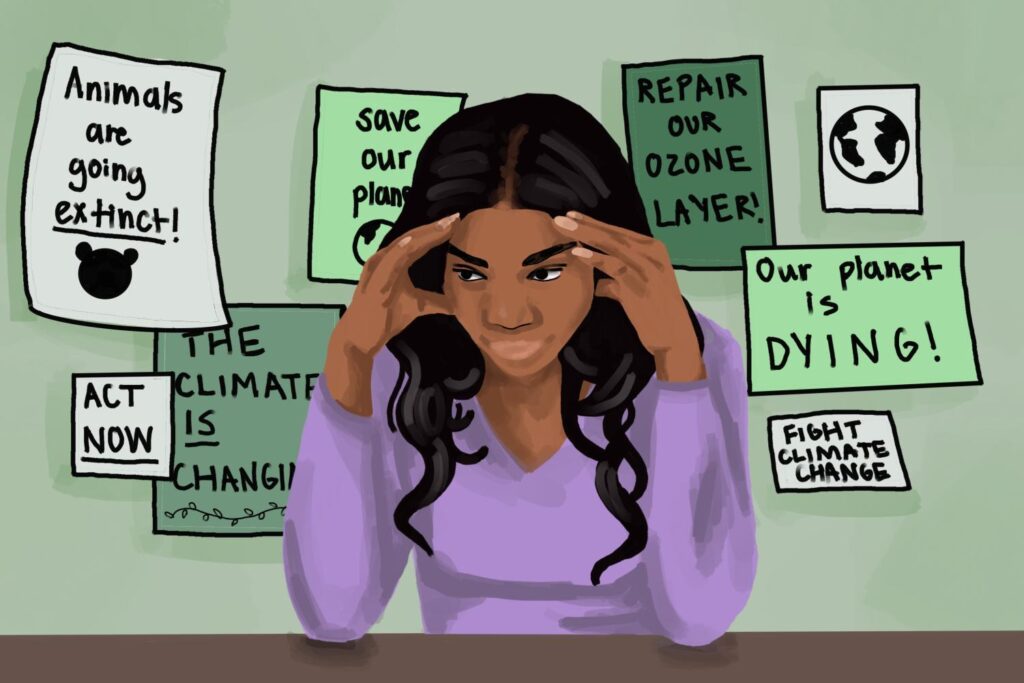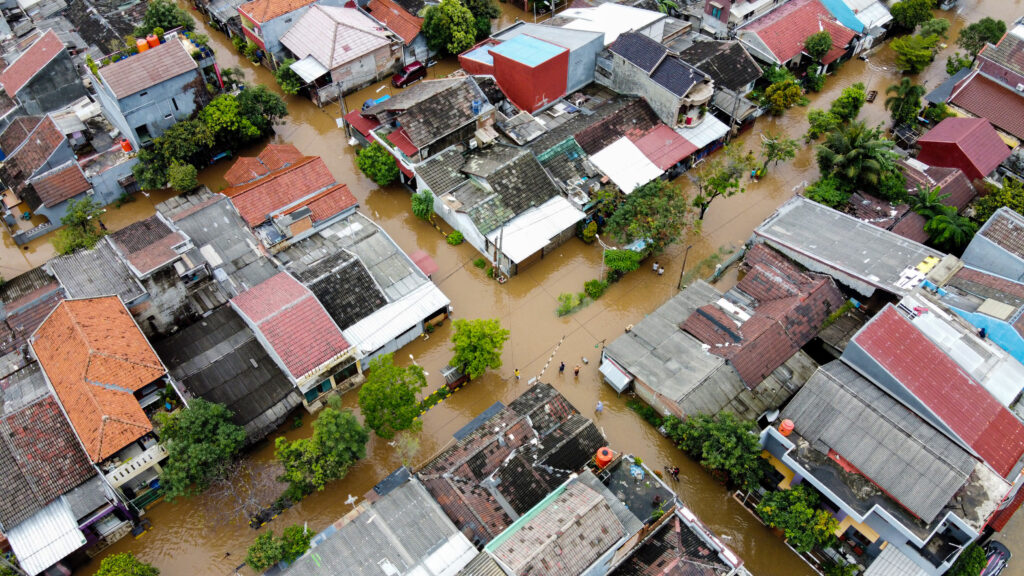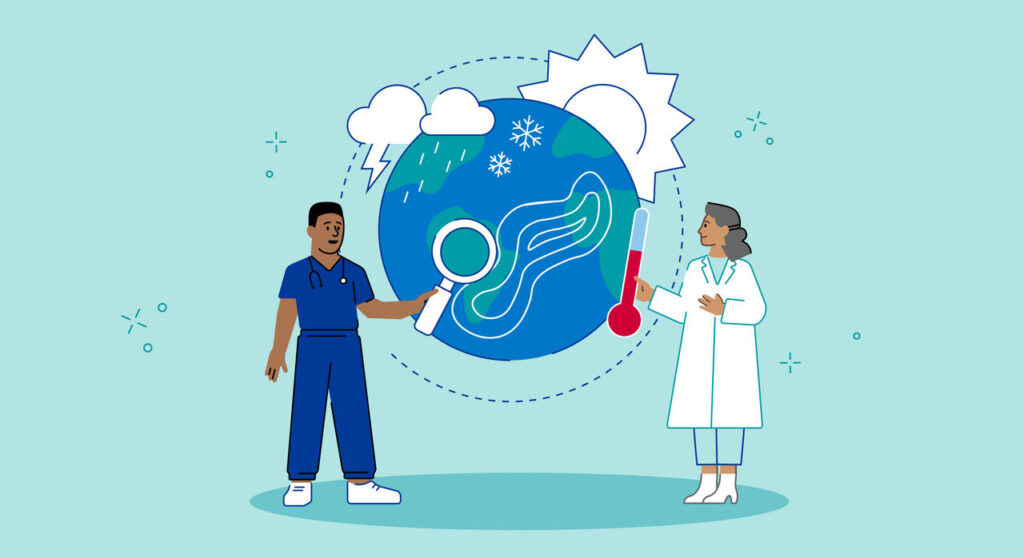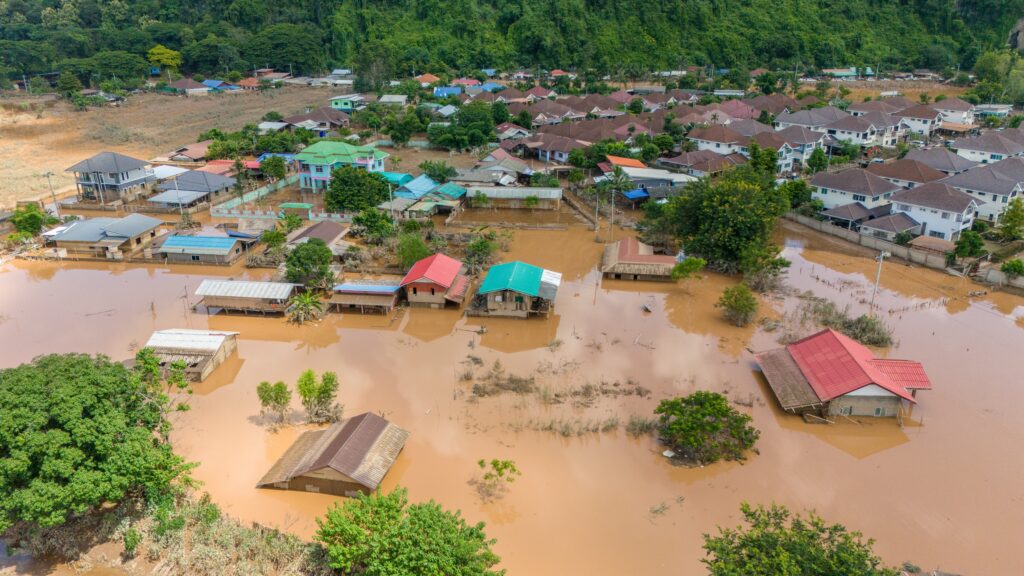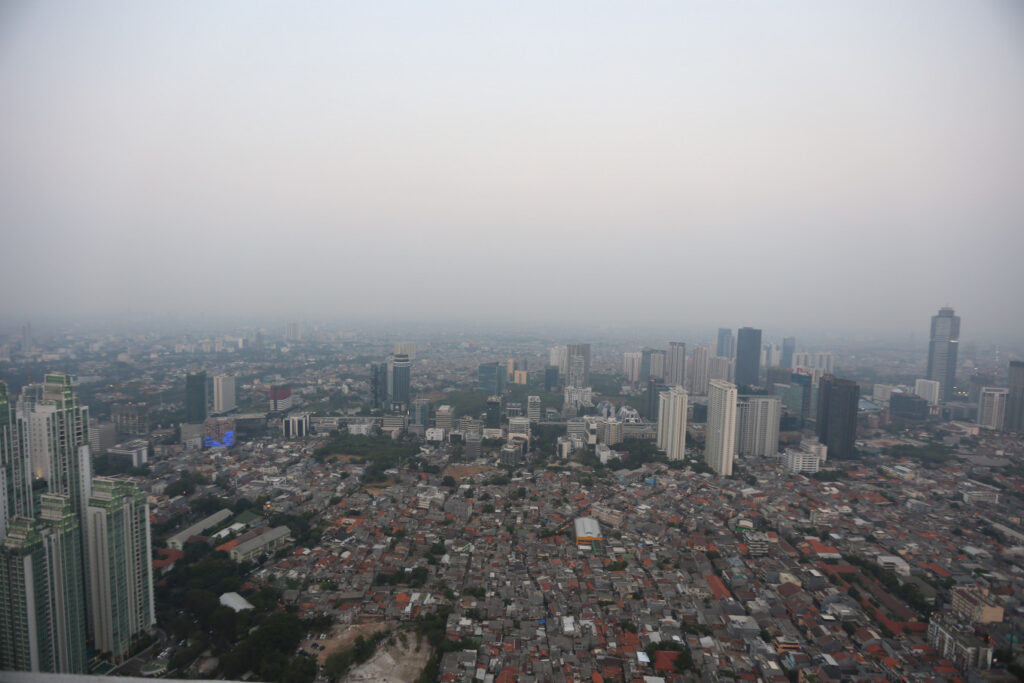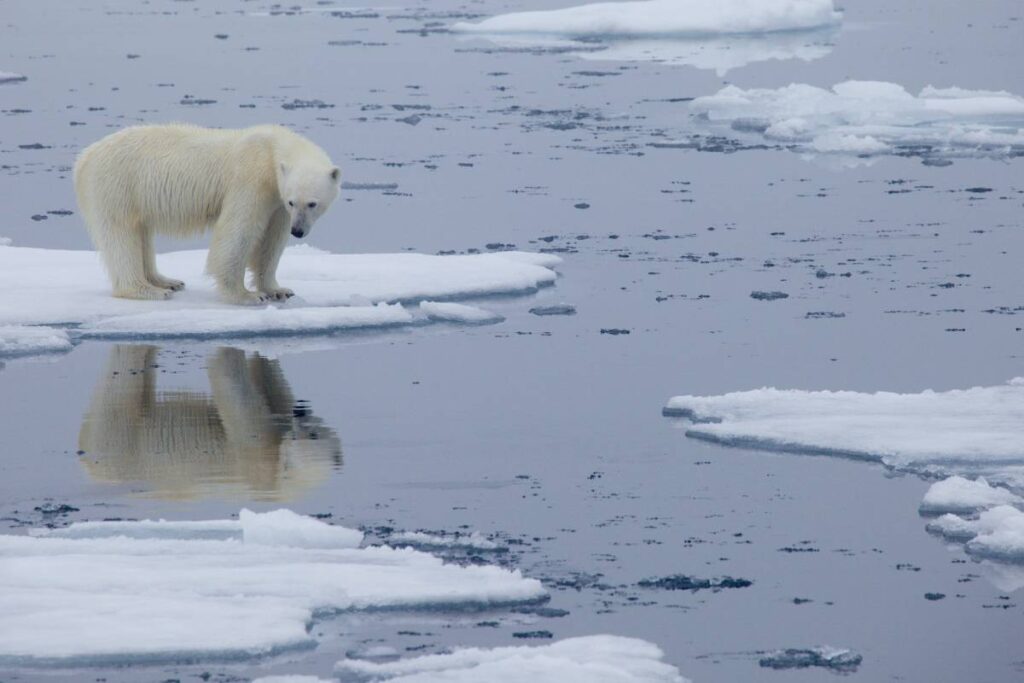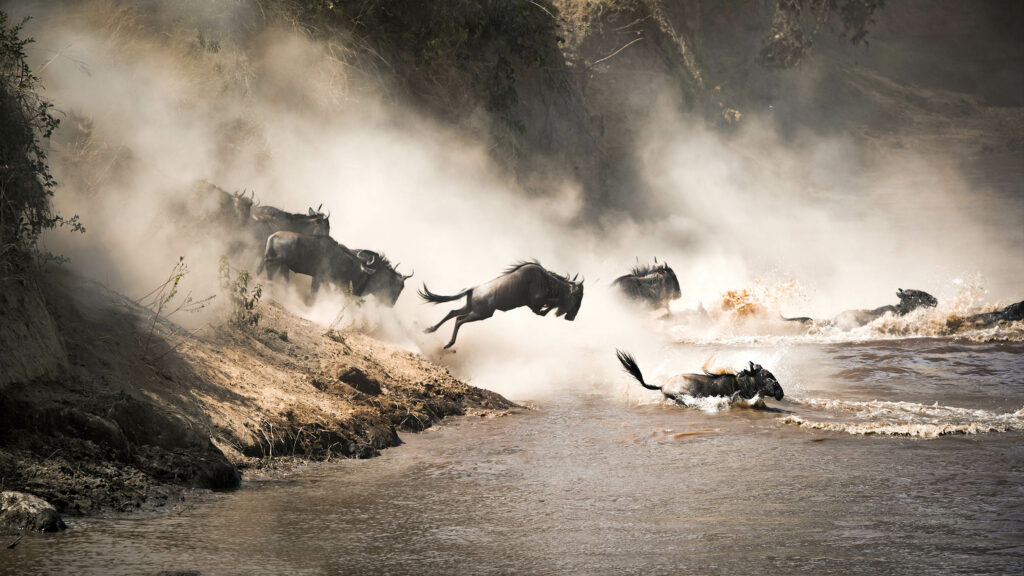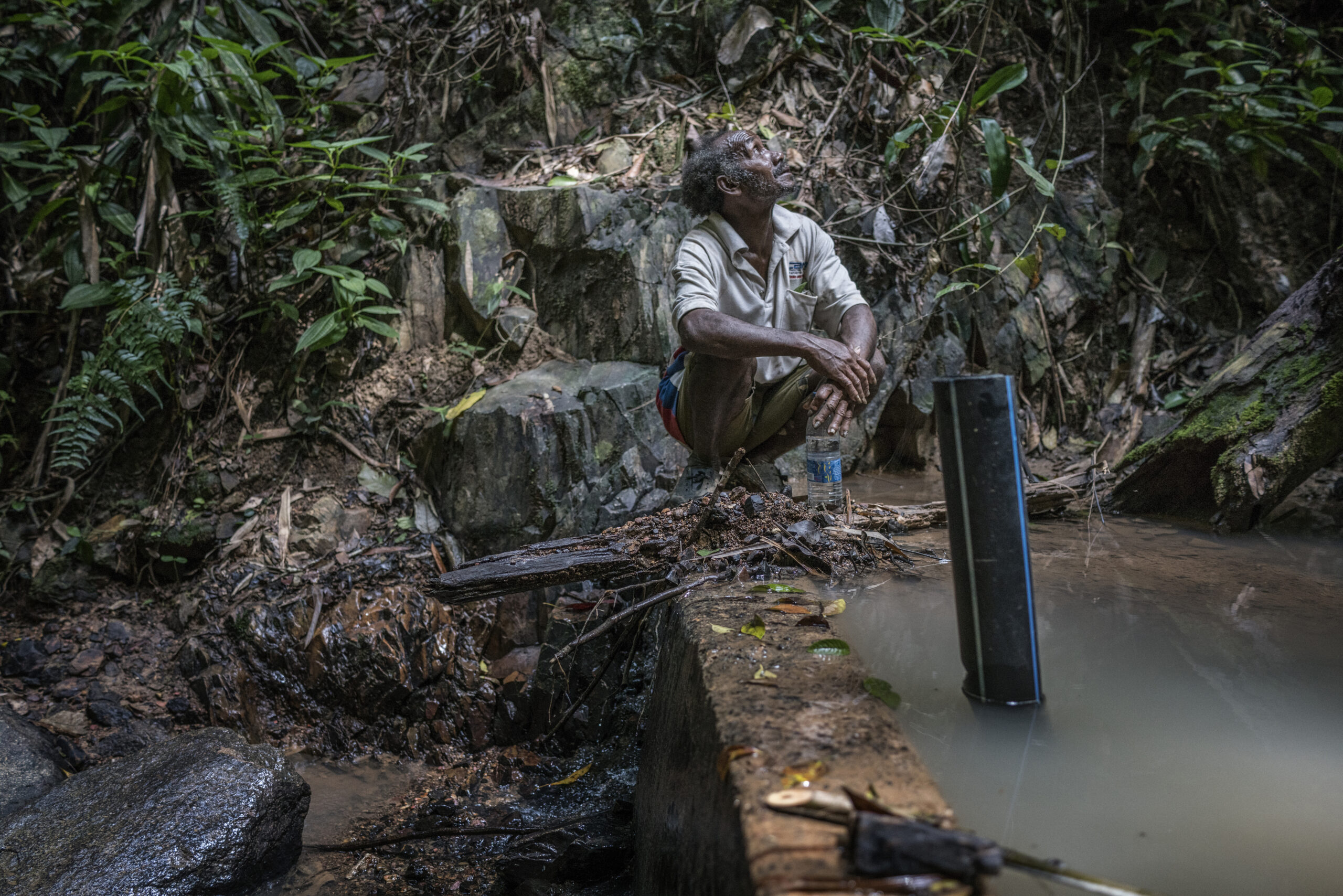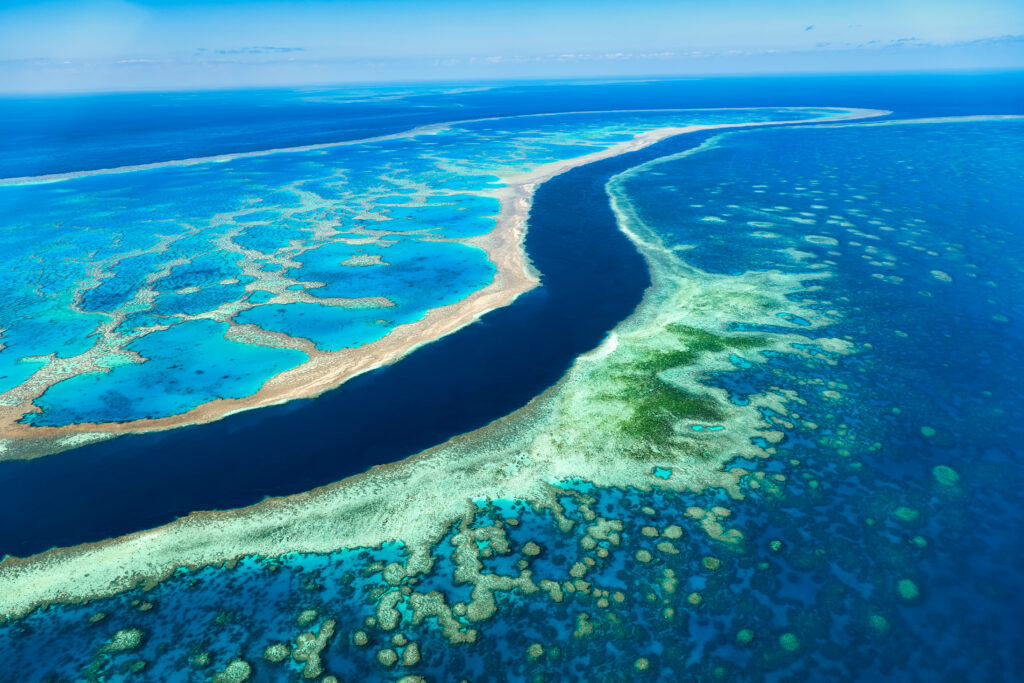What are flash floods? They’re sudden floods that form fast, often in a matter of hours, driving a sharp surge in water levels and flow rate.
In recent years, India has seen an uptick in flash flood events. In December 2023, Cyclone Michaung stalled over the country’s southeast coast and turned streets into rivers across Chennai and parts of Andhra Pradesh. This disrupted transport and power within hours and is exactly the kind of short-notice hazard that overwhelms dense cities and critical corridors.
What Is a Flash Flood? Definition and How It Differs From Other Floods
The UN Office for Disaster Risk Reduction defines a flash flood as a flood of short duration with a relatively high peak discharge. The US National Weather Service adds a timing benchmark: flash flooding occurs within six hours of heavy rainfall or another trigger, such as dam or levee failure, debris flow or ice jam. Flash floods typically occur in small catchment areas and escalate quickly, making them challenging to forecast and react to.
By contrast, river or other slow-onset floods typically unfold over larger basins and longer time frames, days to weeks, as upstream rainfall or snowmelt accumulates. Warnings often hinge on river-gauge thresholds and forecast hydrographs, which provide longer lead times than flash floods.
What Causes Flash Floods? Triggers and Compounding Drivers
Flash flooding is rarely caused by a single factor — it’s the interaction of intense rain with terrain, land use and infrastructure. For India, these causes fall into two primary buckets.
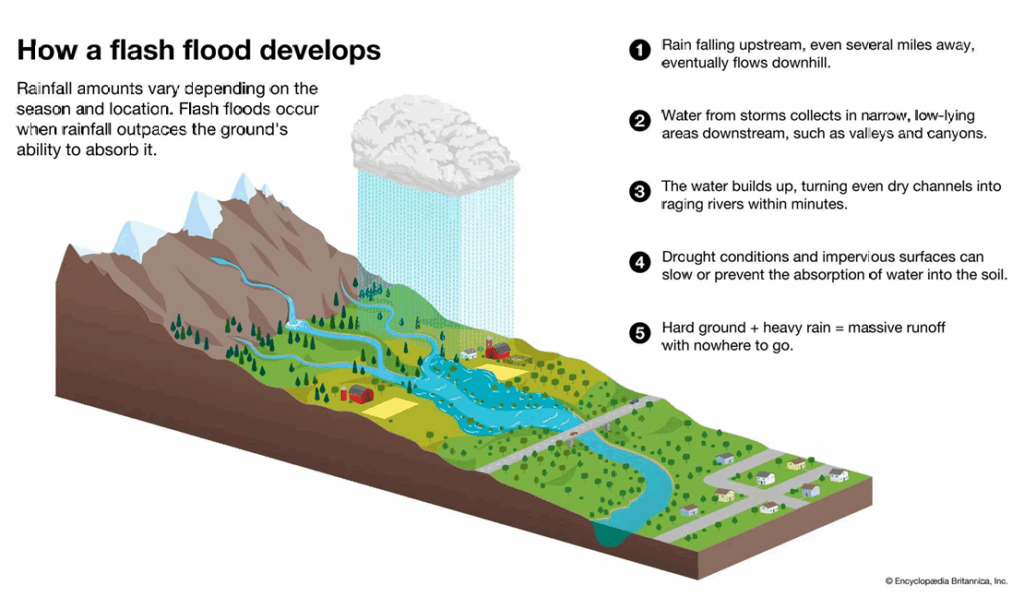
Heavy Rain From Monsoon and Tropical Storm
Short-duration, high-intensity rainfall can overwhelm small catchments and urban drainage in minutes. The physics is straightforward: a warmer atmosphere holds more moisture. India occupies a unique position, with multiple climates ranging from the tropical coasts in the south to the Himalayas in the north. This means it sees two major monsoon seasons while also being at risk of tropical cyclones.
Terrain, Land Use and Infrastructure
Whether heavy rain becomes a flash flood depends on how quickly water can concentrate and how limited the capacity is to convey it. Steep, small and impermeable catchments accelerate runoff, while saturated soils reduce infiltration, and debris from landslides can channel or block the flow.
In towns and cities, impervious surfaces (pavement and rooftops) convert intense rainfall directly into surface runoff, increasing the risk of flooding. The country’s mountainous north and densely populated urban centres provide ideal conditions for rapid surface water flow.
How Climate Change and Urbanisation Are Shifting Risk
Climate change is increasing the likelihood of heavier downpours while cities expand into risk-prone areas. Together, this pushes more water into areas where people and assets are concentrated.
Heavier Downpours in a Warmer Climate
With high confidence, the IPCC’s Sixth Assessment Report concludes that many Asian regions are already experiencing increases in heavy precipitation and projects further increases with continued warming. WMO’s 2023 Asia assessment links record sea surface temperatures and a hotter atmosphere to more intense rain events across the region.
This is directly playing out in India, which is hitting new record temperatures annually. Additionally, studies indicate that the intensity and frequency of heavy monsoon rain events have been increasing across many parts of the country. For example, research suggests a threefold increase in excessive rainfall events across the central part of the country since 1950.
Glacier Retreat and Expanding Lake Hazards
In the Hindu Kush Himalaya, glaciers are shrinking 65% faster (2011–2020) compared to the previous decade. This enlarges glacial lakes and increases the likelihood of glacial lake outburst floods (GLOFs), which behave like flash floods downstream. This is directly relevant to the Himalayan states and the downstream corridors in India.
Urban Growth and Cascading Failures
India’s cities are expanding fast, and that changes how rain behaves. By 2036, approximately 600 million people (roughly 40% of the population) will reside in urban areas, and by 2050, the urban population is expected to reach 951 million.
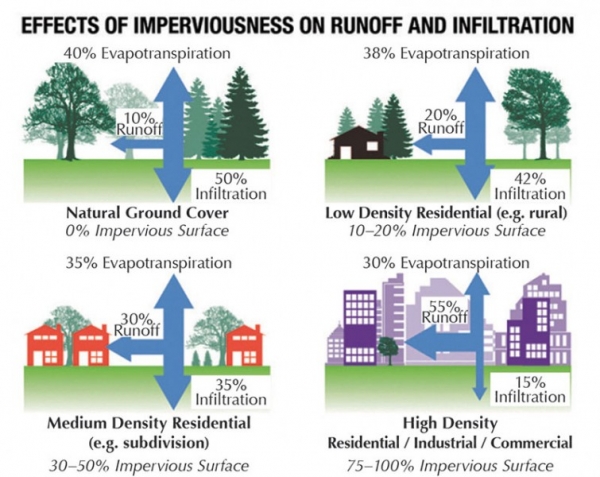
Recent assessments note that the rapid growth of built-up areas is reducing cities’ capacity to absorb stormwater, which is why even short, intense bursts can now flood streets that didn’t flood a decade ago. Case studies of recent urban floods in Indian metros repeatedly find blocked inlets, encroached lakes and undersized drainage as common culprits.
In short, rapid urbanisation, without commensurate upgrades to stormwater systems and the protection of natural buffers, turns extreme rain into flash flood emergencies.
Flash Floods in Practice: Recent Examples From India
Case studies from across India show how multiple drivers align and what that means for preparedness and design.
Lhonak Lake, Sikkim
In October 2023, intense rain in the northeast Himalayas triggered a glacial lake to overflow its banks. The subsequent flood damaged its dam, causing water levels in the downstream river to rapidly rise by 20 feet (6 m). The flash flood washed out downstream infrastructure, and over 77 people died. The GLOF event was driven by increasing glacier melt, steep valley slopes and exposure of downstream infrastructure.
Chennai, Tamil Nadu
Chennai flooded when Cyclone Michaung dropped over 200 mm of water in less than 24 hours in December 2023. It pushed knee-deep water through streets and even across the airport runway. Flights were halted, trains cancelled and neighbourhoods lost power. In simple terms, the intense rain overwhelmed low-lying areas and ageing stormwater infrastructure.
Early Warning and Adaptation Planning
Flash floods are fast, so warning systems must match their pace. Standard forecast-only systems are often insufficient, and options like on-site sensors, river gauges and systems to rapidly disseminate warnings, such as sirens or text alerts, are crucial.
While these systems do require investment, early warning systems save lives and money in the long term. Studies show that 12 hours of warning reduces damage by 60% and just one hour of warning reduces damage by 20%. Furthermore, the average cost-to-benefit ratio of flood early warning system investments is 4.6.
Making Space for Water
Keeping drains clear, protecting floodplains and wetlands and incorporating “soak-up” features like detention basins, green streets and floodable parks provide water with a place to go. Essentially, making urban areas more permeable helps water naturally dissipate. Nature-based solutions are among the most effective adaptation options for combating flooding.
City Planning
We will inevitably continue to urbanise, and with that comes more flood risk. Planning cities to incorporate this risk is critical. Options like elevating critical equipment, protecting underpasses and adding redundancy for pumps and power can go a long way.
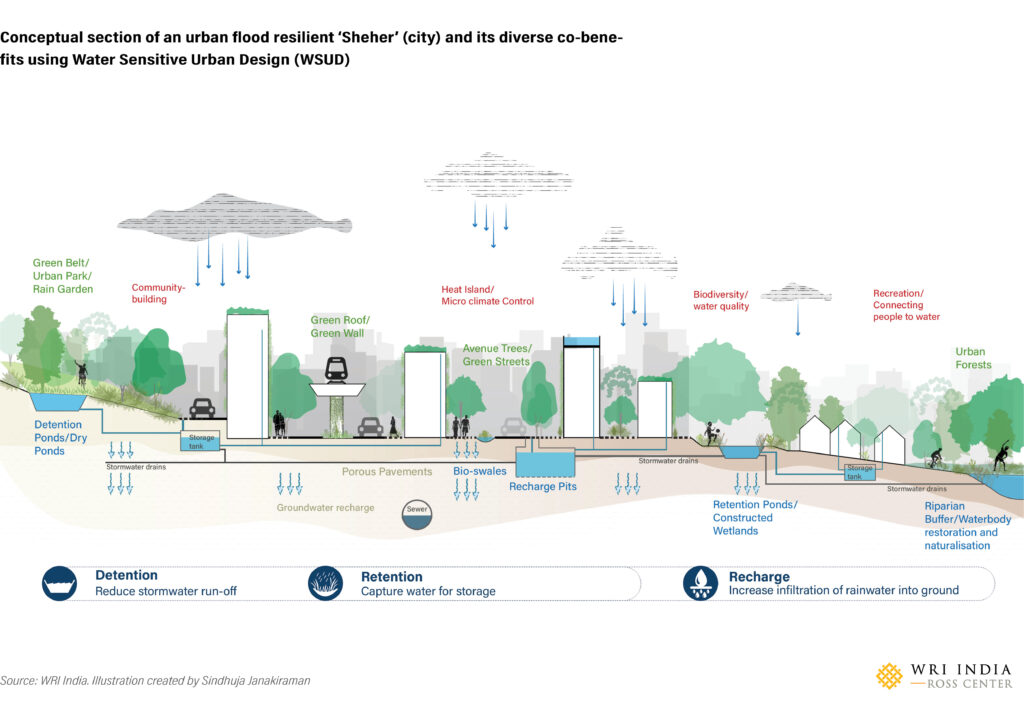
Stepping Back: Adaptation and Mitigation Together
Flash floods are one face of a broader rise in climate-related extremes. The IPCC notes that heavy precipitation is just one of the many cross-sector risks as warming continues. With 2024 being the warmest year on record, approximately 1.55°C above the pre-industrial baseline, it is clear that the world has reached a point where impacts from climate change are already occurring and will continue to intensify in the coming decades. Investing in climate change adaptation is crucial for all countries, particularly those in the low-income Global South. Not only does adaptation have high economic returns, but it is critical to protecting the social and environmental well-being of communities.
That being said, there is still a chance for the world to drastically cut emissions to limit the worst of these impacts. While the world is behind on the Paris Climate Agreement goals, there is still hope. The rapid adoption of renewables, with the subsequent phase-out of fossil fuels, is paramount. It requires each country to step forward, take responsibility for its fair share of emissions and implement the necessary policy and economic changes.
Eric Koons
Writer, United States
Eric is a passionate environmental advocate that believes renewable energy is a key piece in meeting the world’s growing energy demands. He received an environmental science degree from the University of California and has worked to promote environmentally and socially sustainable practices since. Eric has worked with leading environmental organisations, such as World Resources Institute and Hitachi ABB Power Grids.
Eric is a passionate environmental advocate that believes renewable energy is a key piece in meeting the world’s growing energy demands. He received an environmental science degree from the University of California and has worked to promote environmentally and socially sustainable practices since. Eric has worked with leading environmental organisations, such as World Resources Institute and Hitachi ABB Power Grids.

